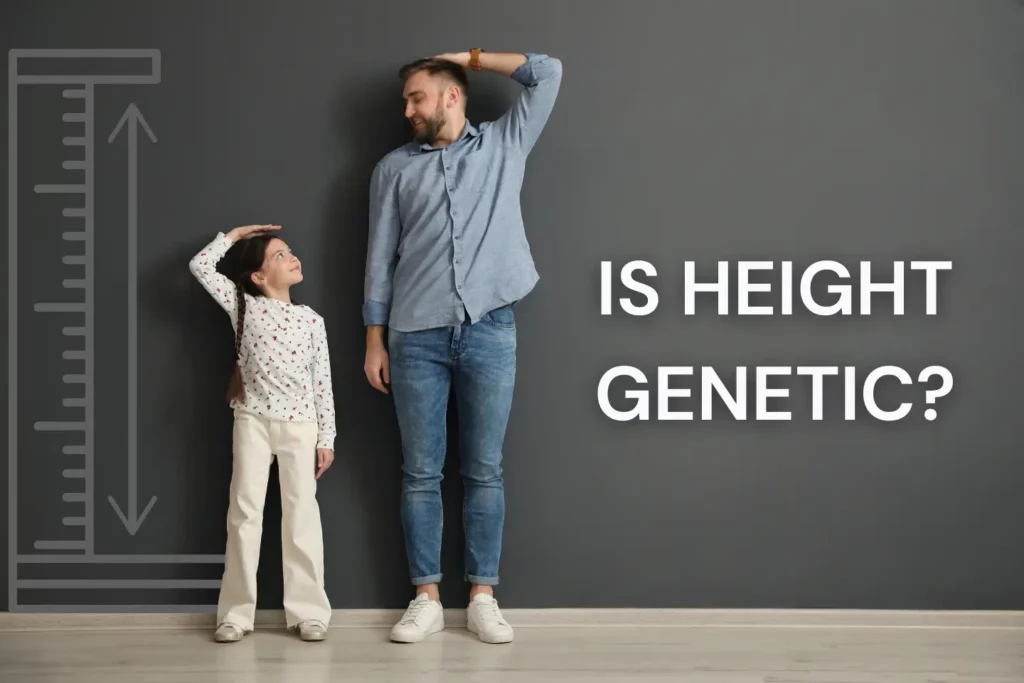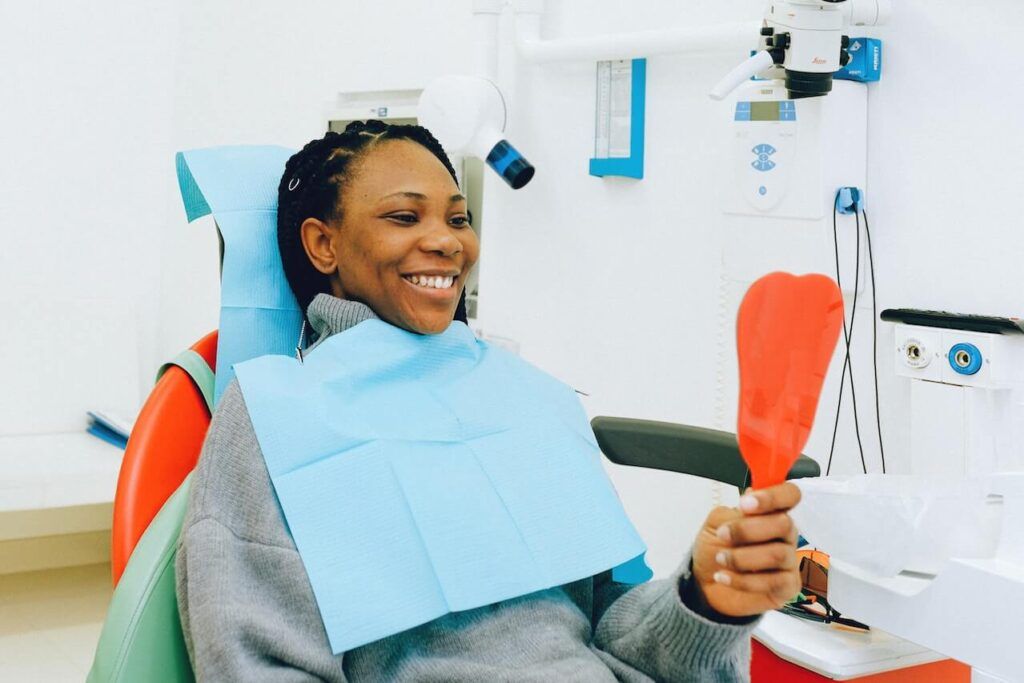In a room of 25 people, chances are, only two people are likely to be left-handers. Handedness is the preference for one hand over the other for everyday tasks like eating or writing. There are three types of handedness – Left-handedness, right-handedness, and mixed-handedness (an equal preference for either hand). Data collection studies say that about 12% of the world’s population is left-handed, and about 1% is mixed-handed. Biologically, handedness could have a link to the coordination and function of your brain's right and left hemispheres. This article will explore the genetics behind handedness and why there are so many more right-handers than left-handers.
Handedness: An Overview
Handedness refers to an individual’s preference to use one hand (called the dominant hand) over the other for tasks like writing, eating, cutting with scissors, etc.
Globally, more than 85% of people are right-handed.
Left-handedness is a fairly rare trait with a prevalence of under 15%.
Mixed-handedness is defined as preferring different hands for different tasks, and ambidextrousness is the ability to perform tasks equally well with either hand.
The widespread prevalence of right-handedness suggests that it could be beneficial but also begs the question of how left-handedness originated.
Typically, the left and right hemispheres of the brain handle different activities.
For example, the left hemisphere is the language center and is responsible for formulating grammar and vocabulary.
The right hemisphere is involved more with visual processing and spatial sense.
Michael Corballis, PhD, a psychologist at the University of Auckland in New Zealand and a brain hemisphere specialist, mentioned to APA - “There's an advantage to cerebral dominance because it localizes function to one hemisphere; otherwise, information has to cross back and forth across the corpus callosum, and that can sometimes cause problems."
It is suggested that during early development, small variations—due to genetics, hormones, or even random "developmental noise"—can influence how the brain organizes itself.
For some people, these variations lead to a preference for using the left hand.
Learn More About How Genetics Can Influence Everyday Traits
The Genetics Of Handedness
Twin and family studies suggest that genetics plays a role in handedness.
They report that up to 40 genes could lead to handedness through common genetic influence.
Their effect on handedness is cumulative; no single gene decides handedness.
Each of these genes exerts a small and weak influence, but together play a big role in hand preference.
Scientists have only identified a few of these genes.
One gene of interest is NME7 (NME/NM23 Family Member 7).
This gene regulates the position of organs along the left/right axis of the body.
It likely plays a role in body symmetry and your tendency to prefer your left hand.
Why Are There Fewer Left-handed People Than Right-Handed?
Left-handedness persists as a minority trait in human populations due to a combination of genetic, neurological, evolutionary, and cultural factors.
- Forced right-handedness: Many cultures historically discouraged the use of the left hand, artificially suppressing the trait. Studies show left-handedness rates rose after such practices gradually stopped post 1970.
- Gene variants: A prominent theory suggests two genetic alleles: the D gene (dextral) promotes right-handedness, while the C gene (chance) leads to random hand preference. The D allele is more common, resulting in more right-handers.
- Brain lateralization: In most people, the left hemisphere controls speech and fine motor skills, which aligns with right-hand dominance. While 70% of lefties still have left-hemisphere language control, this reduced asymmetry may contribute to their minority status
- Negative frequency-dependent selection: Left-handedness may offer advantages in combat or competitive sports (e.g., surprise element against right-handed opponents), but associated costs—such as increased risk for neurodevelopmental disorders—limit its frequency.
Health Risks Associated With Being Left-handed
Left-handedness has links to increased risks for some health conditions.
However, the strength of evidence and validity of some findings remain dubious.
Here are some key findings from scientific studies:
Cognitive Health Risks
- Psychotic disorders: Lefties show a 4x higher prevalence of schizophrenia compared to right-handers, with 40% of schizophrenia patients reporting left-handedness.
- Post-traumatic Stress Disorder (PTSD): Non-right-handed individuals experience more negative emotions and are more likely to develop PTSD symptoms after experiencing trauma.
Physical Health Risks
Inflammatory bowel disease: Left-handers have a 2x higher risk of developing Crohn’s disease or ulcerative colitis.
Cardiovascular disorders (CVD): A 2023 study by the Medical College of Georgia reported that vascular endothelial function and heart rate variability are lower in southpaws than in right-handers. This supports the increased risk of CVD in left-handers.
Breast cancer: Postmenopausal left-handed women have a higher incidence, possibly linked to prenatal estrogen exposure.
Recommended for you: Can Your Dominant Hand Affect Your Grip Strength?
Frequently Asked Questions
Can Two Right-handed Parents Have A Left-handed Child?
Two right-handed parents could have a left-handed child if they are both carriers of the left-handed gene without expressing it themselves. They could pass on one allele each to their child.
At What Age Can You Tell Handedness?
Within a year, at about 10-11 months, infants develop a preference for one hand over the other. This preference stabilizes over the next year or so.
Do Left And Right-handers Have Different IQ Levels?
A 2019 study reported no significant difference in the IQ of left- and right-handed individuals in a population.
Summary: Is Handedness Genetic?
- Handedness is primarily genetic.
- More than 40 genes play a role in influencing handedness.
- Prenatal or postnatal trauma can also play a role.
- This deviated brain pattern could put left-handers at increased risk of conditions like cerebral palsy, schizophrenia, PTSD, birth complications, and breast cancer.
- However, left-handers are at a lower risk for conditions like ulcers and arthritis and recover from strokes faster.
- Left-handers’ brains’ right hemispheres control motor function as well as creativity, which is why many celebrities tend to be left-handed.
Others Are Also Reading

Is Curly Hair Genetic? How DNA Affects Your Hair Type

Is Height Genetic?

Are Cavities Genetic? The Root Cause
References
- https://medlineplus.gov/genetics/understanding/traits/handedness/
- https://www.pnas.org/doi/10.1073/pnas.2113095118
- https://www.scientificamerican.com/article/what-causes-some-people-t/
- https://pubmed.ncbi.nlm.nih.gov/1839378/
- https://edition.cnn.com/2019/09/05/health/uk-left-handed-genes-brain-structure-scn-scli-intl
- https://www.ncbi.nlm.nih.gov/pmc/articles/PMC3345498/
- https://www.healthline.com/health/left-handers-and-health-risk
- https://www.webmd.com/brain/ss/slideshow-left-handed-vs-right
- https://www.sciencedirect.com/science/article/abs/pii/S0149763417300210





